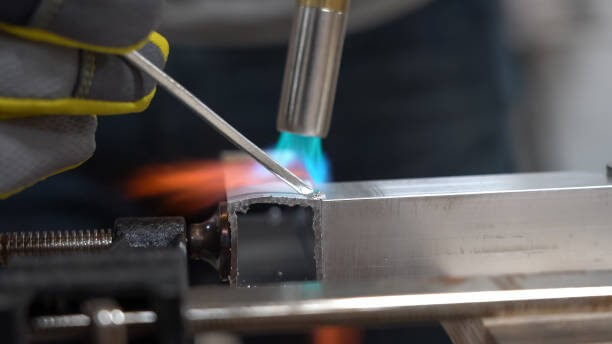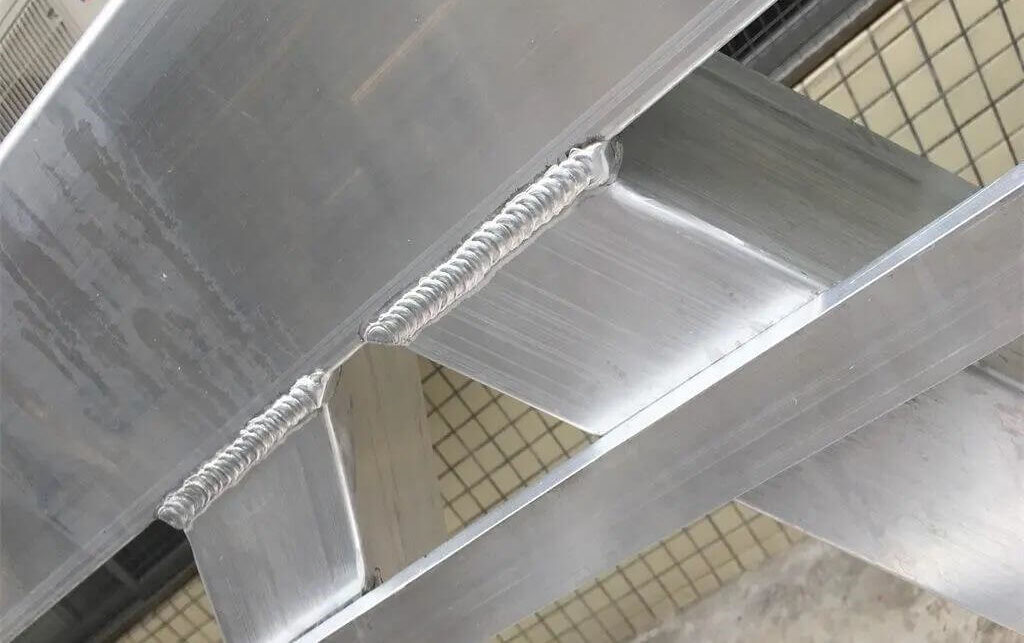Introduction to the benefits of aluminum welding
Due to its unique properties, aluminum welding is becoming more and more common, especially in industries such as aerospace, automotive, and marine. Once the technique is mastered, aluminum welding can transform a project. Next, let’s take a closer look at the many advantages that aluminum welding offers.
1.Lightweight yet strong
First and foremost, aluminum is known for its impressive strength-to-weight ratio. When welded correctly, aluminum structures are both lightweight and strong. This dual advantage makes aluminum an excellent choice for applications where weight is very important, such as aircraft or automotive design. Reducing weight without compromising strength can improve a vehicle’s performance and increase fuel efficiency.
2.Corrosion Resistance
One of the notable benefits of aluminum is its natural resistance to corrosion. The oxide layer that forms on the surface of aluminum acts as a protective barrier, shielding the metal underneath from corrosive elements. This property is particularly valuable in marine applications where salt water can be a major corrosive agent. If done correctly, welded aluminum structures can retain this resistance, providing longer life for components exposed to harsh environments.
3.Flexibility and Formability
Aluminum has a degree of ductility that makes it a very adaptable metal. This flexibility ensures that complex shapes and forms can be achieved through welding, thus meeting more complex design requirements. When this is combined with the lightweight nature of aluminum, it opens the door to innovative designs in industries ranging from electronics to construction.

4.Thermal conductivity
Another notable property of aluminum is its high thermal conductivity. In certain applications, such as heat exchangers or cooling systems, this property can be exploited to ensure efficient heat transfer. When components are welded using aluminum, they can dissipate heat effectively, thereby increasing the overall efficiency of the system.
5.Cost-effectiveness
While the initial cost of aluminum may be higher than some other metals, the long-term benefits often justify the investment. Due to its durability, corrosion resistance and reduced maintenance requirements, aluminum structures have a lower total cost of ownership. Additionally, since aluminum welding can be automated in many cases, especially with techniques such as aluminum MIG welding or aluminum spool gun welding, production costs can be optimized in high-volume applications.
6.Enhanced aesthetic appeal
Aluminum welds, if executed precisely, can produce a smooth, clean surface. Welded aluminum parts often have a visually appealing aesthetic, given the natural sheen of aluminum and the possibility of achieving a polished surface. This is particularly advantageous
